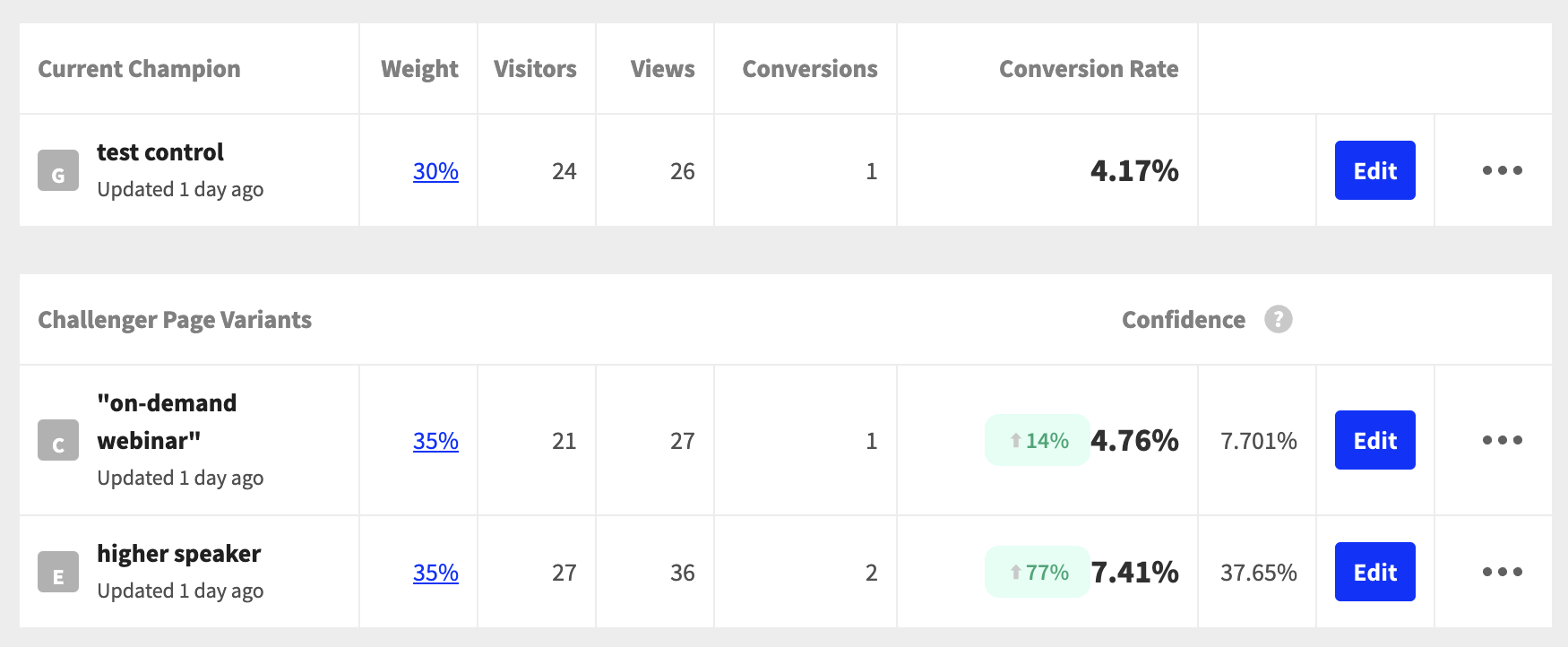Your reputation as a sender is critical to your emails actually getting delivered to inboxes. A bad reputation devastates marketing email campaigns. And bad sender reputations silently build up over time like hair in a shower drain. ???? If left unmanaged, it will destroy your email deliverability. Here’s how to monitor and improve your email sender reputation.
>> Related: 6 Ways to Handle Those Pesky Spambot Clicks in Marketo <<
In this post:
Understanding email deliverability fundamentals
Here are the terms at play:
Algorithm Filtering – Email providers and ISPs design algorithms to compare incoming emails to those already flagged as junk. They get smarter over time. And they look for similar links, trigger words, and pictures, and mark them as spam.
Spam Traps – A spam trap is an inactive email address used by an ISP to deliberately ensnare bad faith email senders. You need to be meticulous about how you gather contacts and build lists, because spam traps hurt your sender and deliverability reputation. Spam traps also skew clicked/opened/delivered reporting (but you’re not scoring based on those anyway, right?).
Blocklists – Blocklists are cloud databases that track spammy IPs or senders. If your IP address is on a blocklist, it’s extremely difficult to recover. And if you’re not careful, you can blocklist your corporate domain (not just the one used in marketing emails). Explaining to Sales and HR and Accounts Receivable why they can’t send emails is not fun. ???? Most IT teams reference these blocklists to filter out junk email. So being on one blocklist can have an exponential impact.
Bounce Hardening – Email receiving servers use a number system to classify soft and hard bounces. These are bounce codes. Learn about these codes and make sure you’re suppressing hard bounces.
Shared or Dedicated IP – High volume email senders should use a dedicated IP for their marketing emails. It aides in deliverability (and protects the corporate IP/domain).
Authentication Protocols – Use DKIM (DomainKeys Identified Mail), SPF (Sender Protection Framework) and Sender ID to protect your domain. When in doubt, talk to IT.
Receiver and ISP Relations – Verify your email provider handles relationships with ISPs and receivers, especially if you notice your emails are false-positives for spam.
Best practices to improve email sender reputation (and therefore deliverability)
How to check your domain authority?
- Give subscribers a reason to opt-in – Good, quality content matters. Set clear expectations for content that you are sending. And then actually follow those standards. Also provide them options to snooze email.
- Build reliable lists! – Ensure the emails on your lists are valid, and remove ones that aren’t. Regularly scrub your lists. Exclude hard bounces, and actively manage your database with an automated subscription management center.
- Choose your email platform wisely. – Ensure your email provider automatically handles bounce codes, feedback loops, and email connections.
- Focus on quality content! – Boring, irrelevant content will hurt your reputation. People stop engaging, you lose your subscriber base, and eventually you’re flagged as spam.
- Manage complaints – Take warnings from your email platform provider seriously. Create a specific email address where recipients can contact you with complaints. Then register that email with abuse.net (or another anti-spam advocacy organization) to show the community you’re a responsible sender who cares about their reputation.
- Proactively monitor and manage your reputation and metrics – I recommend using Sender Score to track how your emails compare to peers and competitors. I also recommend BarracudaCentral, which offers both IP and domain reputation lookup.
Image via giphy
Curious if you’re leveraging the full power of your marketing tech stack? Request a martech audit and we’ll benchmark your setup.




